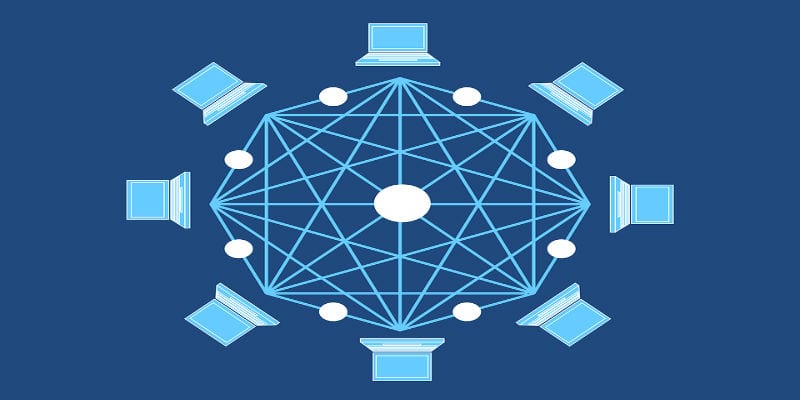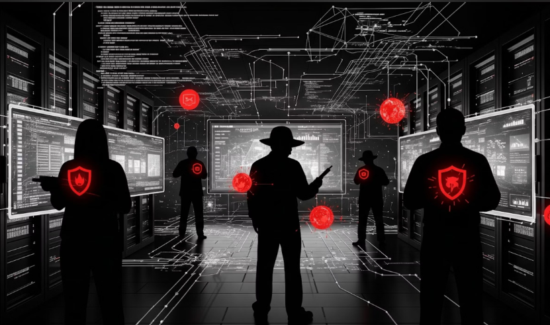Cloud Perimeter Security: The Latest Hot Tips for Enterprises!


Cloud adoption is on the rise among American businesses. Researchers firmly believe by 2020 the plurality of businesses will be based on cloud environments, specifically public cloud environments. Yet with mass cloud migration comes a new challenge: cloud perimeter security.
One can think of cloud perimeter security as a new subfield of endpoint security. After all, modern endpoint security focuses on the digital perimeter, and cloud creates an entirely new perimeter. Yet the cloud perimeters can suffer from visibility issues and from increasingly sophisticated cyber attacks as the network expands and databases decentralize.
From an operational perspective, poor cloud security can deprive an enterprise of the full benefits of their digital transformation. By the same token, strong cloud perimeter security can help your enterprise reap the rewards of public cloud environments: better communication, more productivity, and more flexible architectures.
So how can your organization strengthen its cloud perimeter security?
Prepare for the Cybersecurity Achilles’ Heel
Cloud perimeter security might be a relatively new field in InfoSec, but it shares the same weakness of enterprise cybersecurity solutions: employees. Human error is the primary source of so many cybersecurity issues: poor database configurations, phishing attacks, weak credentials, and security workarounds. Phishing attacks, in particular, can subvert your cloud perimeter; falling for a phishing attack essentially opens the door for a hacker to bypass your security.
Like all other cybersecurity subfields, cloud perimeter security requires proper employee education and participation. Regular cybersecurity training should be incorporated into your business processes, and employees success in following best practices should be reflected in their reviews.
Vet Your Cloud Perimeter Security Provider
It can be easy to become charmed by the capabilities and features of a cloud perimeter security solution. Enterprises might become enamored by a vendor’s promise of easy deployment (understandably of course). However, before you deploy any cloud perimeter security solution, you need to do your full research. Look at peer reviews, examine the functionality of their products, and consult with your IT staff before making a final decision.
Further, instead of deploying a cloud perimeter security solution across your entire network, trying deploying it on select areas to see how it functions and whether it would be viable for full deployment. Cybersecurity should encourage caution, not recklessness.
Incident Response Still Counts
Part of strengthening your cloud perimeter security is getting all of your employees involved in its preservation. Having a well-established incident response plan in which all employees are trained can help identify threats as they attempt to penetrate your network and ensure the IT security team knows where and when the attack occurred. The faster your IT security team can respond to a potential threat, the faster you can remove potential threats or identify weak spots in your cloud perimeter.
Think of the Individual Perimeter Components
To help you evaluate your cloud perimeter security, try not to think of it in the abstract. Instead, think of it as a series of individual hardware and software components…even if those components are located remotely from your enterprise.
For examples, wireless routers designed for SMBs aren’t equipped to safeguard traffic into and out of the cloud. Legacy firewalls can’t handle the more amorphous perimeter of the cloud, nor can it identify modern digital threats like fileless malware. Your enterprise needs to evaluate the actual strengths of your current cybersecurity platform and make the proper adjustments for when legacy solutions just can’t cut it.
Familiarity, as much as it can be comforting, breed contempt. It also breeds security holes.
Cloud Perimeter Security Needs The Right Maintenance
Like all things in cybersecurity, cloud perimeter security requires continual vigilance and proper maintenance. No system, especially not in the era of cloud migration, is set-it-and-forget-it. You need to invest time, resources, and expertise in making sure it is as strong as possible. Only then can your enterprise truly transform into a leader in the digital marketplace!
Other Resources:
You Need to Hire More Female Cybersecurity Professionals
In Focus: The Desperate Shortage of Women in Cyber Security
Gartner’s 2018 Magic Quadrant for Endpoint Protection Platforms (EPP): What’s Changed?
4 Tips For Endpoint Security Solutions (That Everyone Forgets)
Comparing the Top Endpoint Security Vendors — Solutions Review
Answering the Top 4 Enterprise Endpoint Security Questions
What Can We Expect for the Future of Endpoint Security?





















